When self-hosting as much as you can to save on cost, headaches, and keeping control of all of your data, you've likely come across network video recorders (NVR) solutions such as Frigate and Zoneminder. I've used the latter extensively for a few years, and only recently have I made the switch to Frigate, largely due to my esteemed colleague Ayush Pande's excellent coverage. These handy packages allow you to connect IP cameras and can track, monitor, and even alert you to various events.
If you’re looking for a self-hosted surveillance solution, you won’t be disappointed with either solution, but I'm going to explain why I made the leap from Zoneminder to Frigate.
4 Lightweight container
Runs on just about anything
While it's great to have some server-grade equipment at hand for creating the ultimate home lab, we know not everyone has such hardware. That's where containers come into play, and Frigate is one lightweight package, capable of running on something as low-power as a Raspberry Pi. Even if all you have at hand for Frigate is an ARM-based NAS or an SBC as your primary self-hosting workstation, Frigate’s lightweight nature can deliver decent performance in your NVR workloads.
All that's required is the purchase of some IP cameras (just make sure they're on the supported list for Frigate), and you're good to go. You should be good with low-power hardware for a few cameras, but you may need to step it up to something slightly more capable when adding countless feeds and needing to record and save from all of them. It's also here where you'll be able to leverage the computing power for AI detection and other useful features, or even run some other Docker containers.
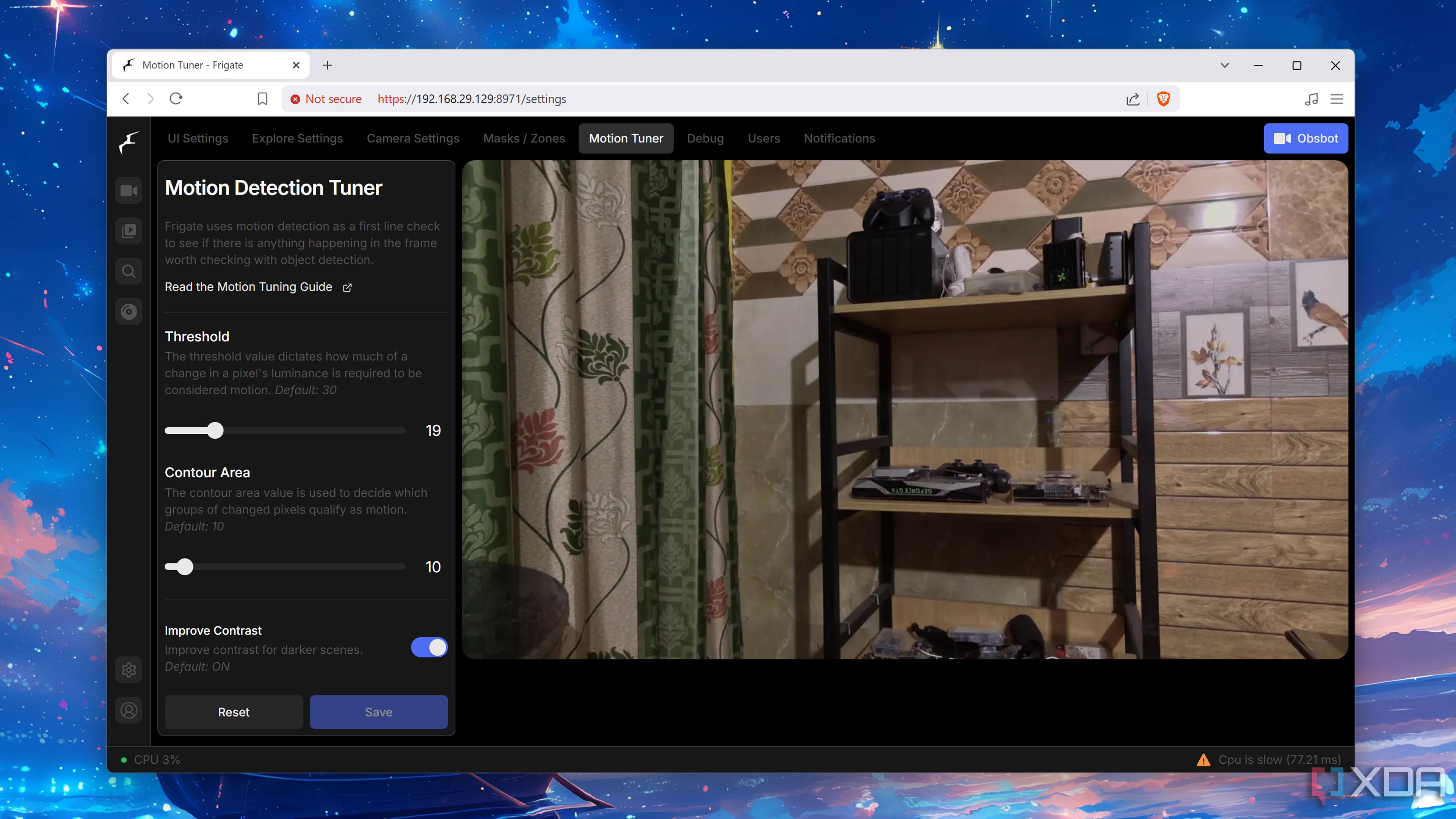
Related
4 reasons Frigate is an amazing home surveillance platform
Armed with several surveillance features, Frigate is one of the best NVR tools on the block
3 Less-cluttered UI
Easier to work with
One thing I couldn't get on with Zoneminder was the user interface. It's not terrible in that you can't use the NVR to get the job done, but for less tech-savvy individuals, it can be quite the daunting UI. Zoneminder is a little like GIMP in that regard. It's packed to the brim full of advanced features, but it's easy to get lost in the ocean of jargon and possibilities. Frigate contrasts this with a well-presented layout that makes it easy to fire up feeds and configure everything without feeling like you're missing out on anything.
And of course, Home Assistant is fully supported, so you can have feeds directly in the dashboards for family members to rely on, so they don't have to touch Frigate.
2 More accurate (for me)
This one's subjective

Setting up your own surveillance system is great, but only if it stays out of your way unless needed. This is where detection algorithms come into play, only alerting you and saving footage if specific rules and conditions are met. There's nothing worse than your security system sending false alarms, filling up your phone with notifications you would have otherwise avoided. With Frigate and some AI acceleration, you can rely on the alerts being true and worth checking, even if you're lying on a beach with a mocktail.
That's not to say Frigate is immune to providing these false flags, but I found it to be less prone to mistakenly notifying all our devices about potential intruders. Frigate lets you configure filters, masks, and zones to increase the accuracy of its reports. And that’s before you include its solid auto-tracking provisions that can move PTZ-compatible cameras to follow moving objects.
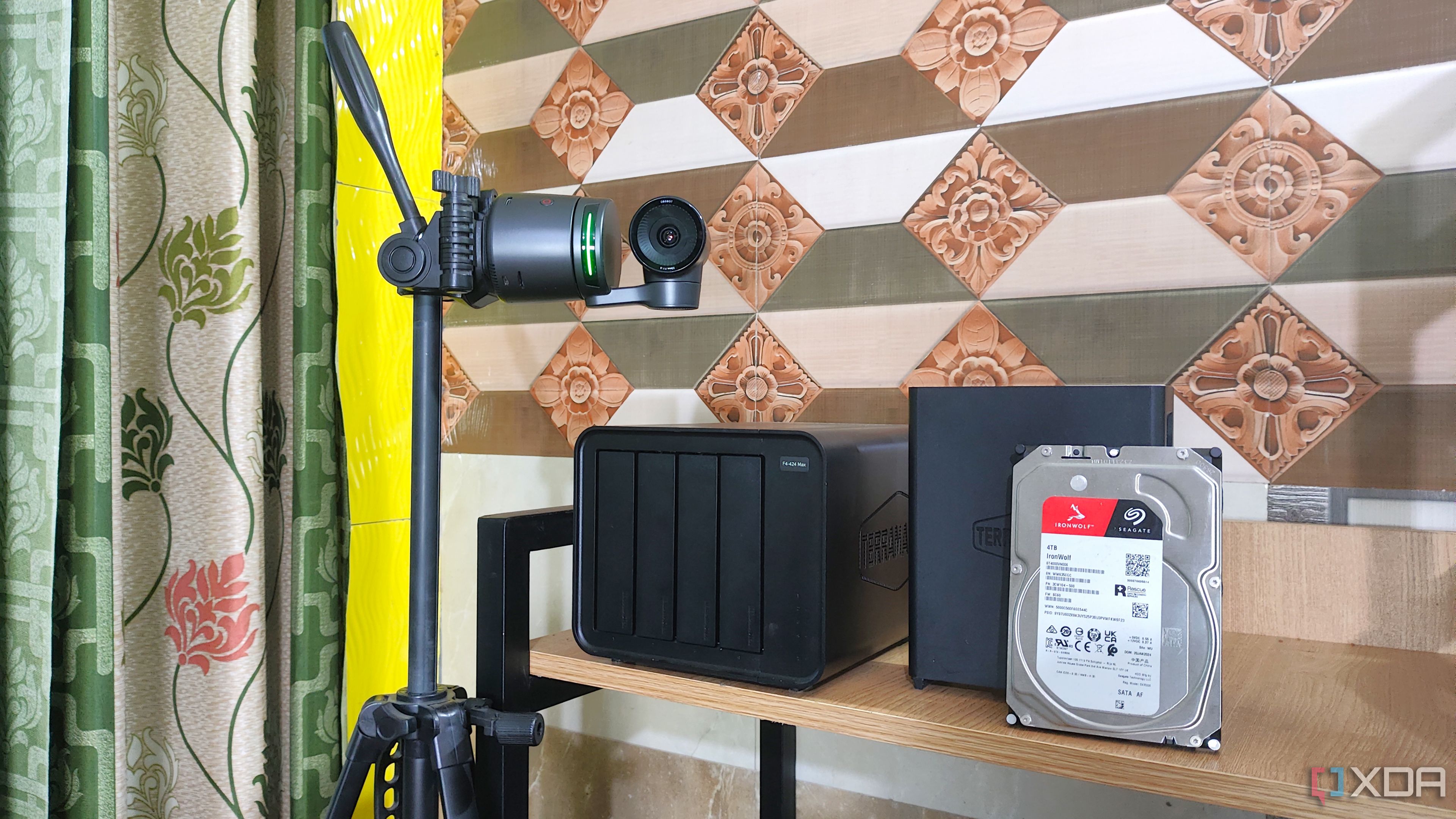
Related
How I self-host Frigate to power my home surveillance system from my NAS
With a little bit of elbow grease, you can build a powerful NVR combo by pairing a Frigate instance with your storage server
1 AI accelerator compatibility
Ultimate versatility
Okay, this is the coolest part about using Frigate. The NVR solution can interface with a wide range of AI-accelerated tracking provisions, allowing you to integrate aftermarket trackers into your surveillance setup. Frigate allows for OpenVINO and Tensor-powered AI acceleration for CPUs and GPUs, respectively. The support for Hailo-8L and Coral Edge TPU is present, however, so you can make the most of the available chips in devices like the Raspberry Pi AI Kit. But so long as your hardware is up to scratch or you have dedicated parts for the AI work, Frigate can leverage the available bandwidth.
Utilizing any spare AI modules is great for ensuring you're only recording events that truly matter. Don't have one at hand? Go for the Coral Edge TPU module, which is also compatible with mini-PCs and NAS units and will work well with Frigate.
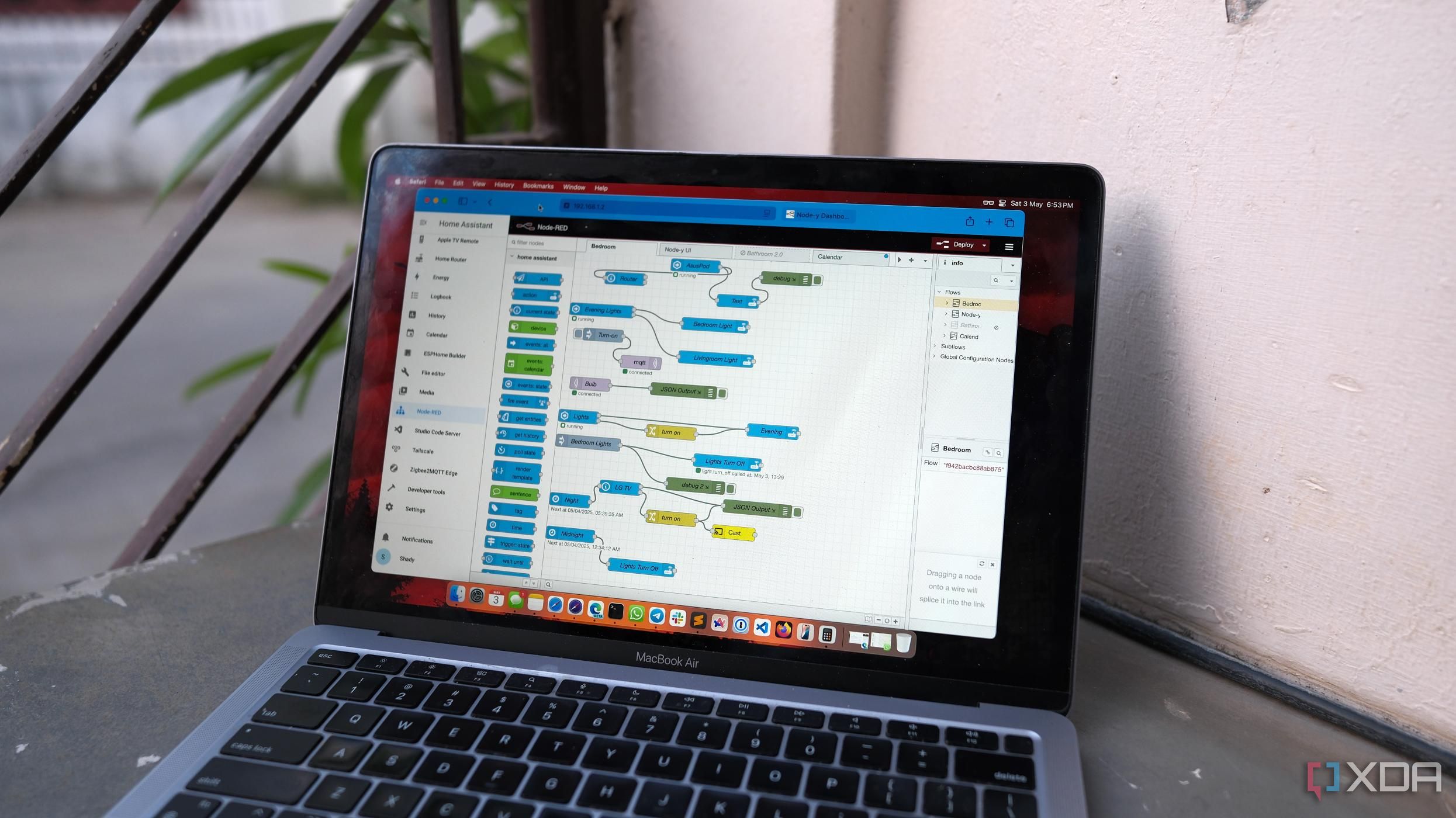
Related
I automated my home with Home Assistant and Node-RED, and it was so worth it
Node-RED is an upgrade, flow-style option to create nifty automations without overloading the Home Assistant
Getting started with Frigate is easy
Making the switch from Zoneminder to Frigate was painless. This was largely in part due to the fact that I put together an entirely new system for Frigate to run on, but it would have been a similar case regardless. Installing Firgate is as easy as deploying a Docker container, and everything was connected to network storage and up and running in minutes. The fact that I can use AI accelerators, get almost everyone using the integration with Home Assistant, and manage to keep my home safe in the process makes this one incredible piece of tech.
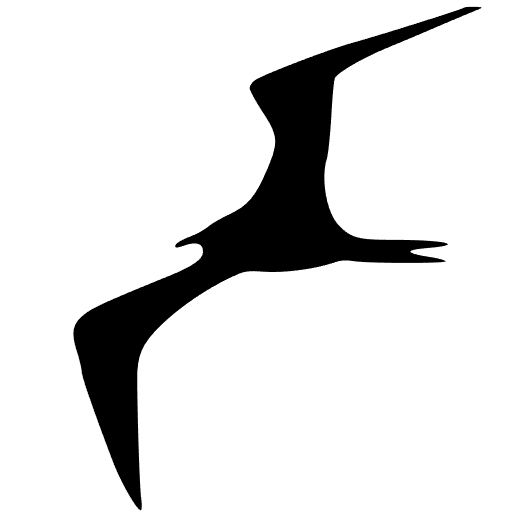
.png)
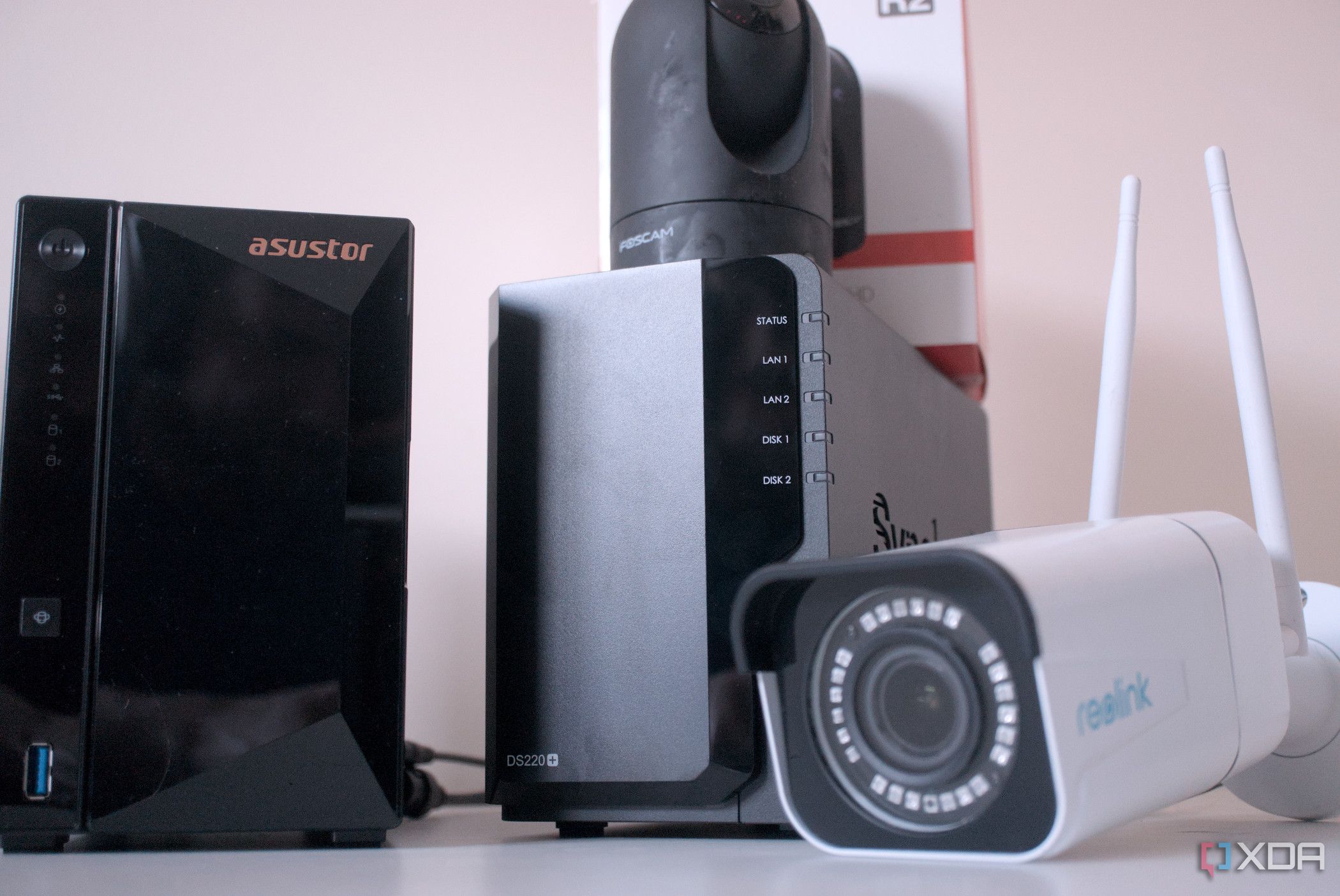

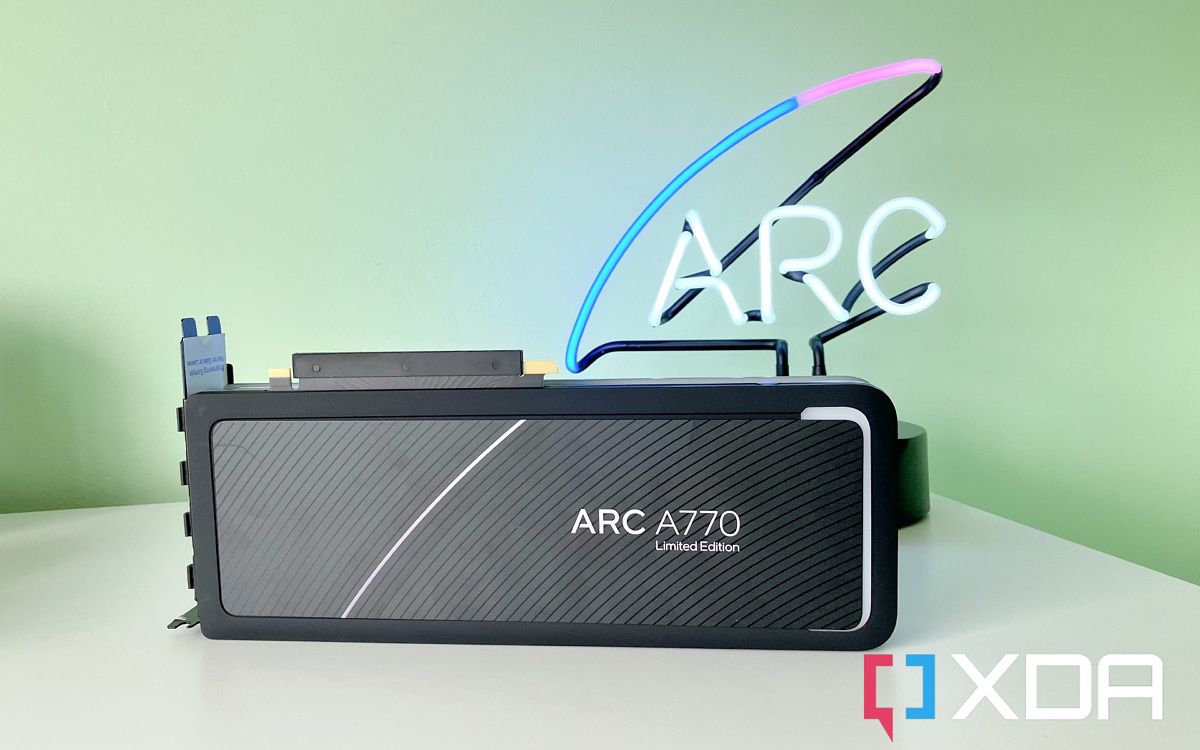









 English (US) ·
English (US) ·